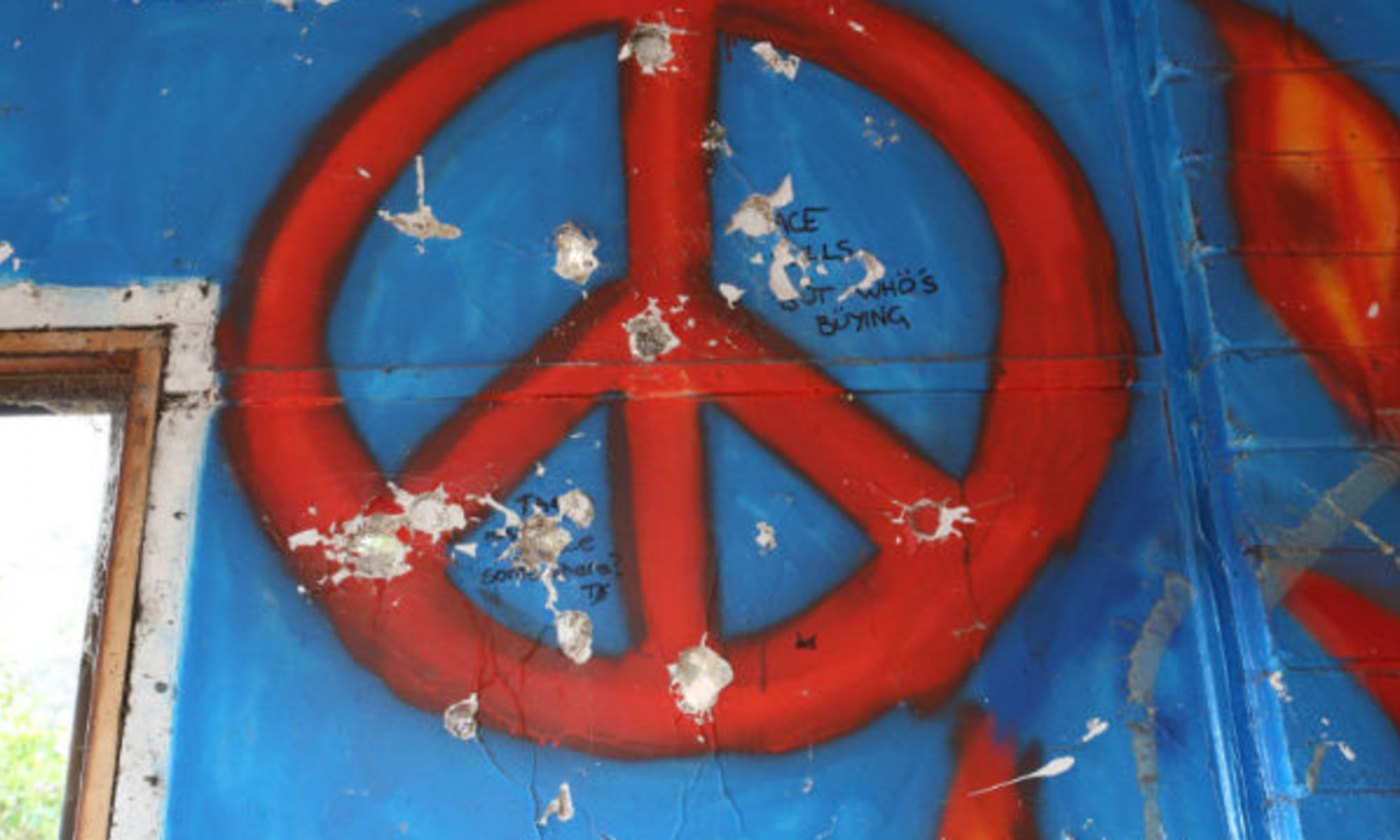By Zoe Jannuzi

This week has been a whirlwind for me. Whereas I usually find myself in the relative calm of the eye of the hurricane, recently I’ve been swept out with the havoc-reeking winds. Over and over again, this course has made me realize just how much the field of peace and conflict studies/ peacebuilding is ever-evolving, and, at least in this world we live in, chaotic.
In describing myself in my college application essay, I wrote: “My emotional roller coaster has mostly potential energy.” I still believe that the statement describes my personal life pretty well. I don’t think I’ve ever actually yelled at anybody. However, as I evolve, and am privileged enough to explore outside of the circles I grew up in, I’ve realized how much there is in the world that is worthy of my righteous indignation and drive. So too it seems, has Peacebuilding.
The first day of the course, Kevin Avruch described how the field of Peacebuilding has evolved. The Peacebuilding I’ve encountered, the one I always have trouble explaining to all my friends and relatives because of its broad scope, wasn’t always the reality of Peacebuilding. As Kevin explained, Peacebuilding began as Conflict Regulation/ Management. Wary of the absence of violent conflict (for conflict brings about change), early peace scholars sought to regulate conflict and begin to maintain negative peace. In 1990, John Burton introduced the concept of Conflict Resolution, adding to the field an underlying desire to get to the root causes of conflict. This focus on structure still helps to define the field today. And peacebuilding scholars and practitioners have only gotten more ambitious. Today, thanks in part to Lisa Schrich, Peacebuilding not only seeks to recognize the underlying structures of conflict, but to actively work peace into these underlying structures.
The study and practice of Peacebuilding require attention to so many moving parts. I couldn’t catalog them even if I tried. The list would evolve faster than I could type.
As Pushpa Iyer reminded us, in the world of Peacebuilding, there is no such thing as “post-conflict.” While there may be a cessation of large-scale violent conflict, such as when civil war comes to an end, this does not make the community “post-conflict.”
As Sarah Cechvala reminded us, no intervention is neutral. When cleaning, I dump the contents of my drawer out onto the floor, adding to the mess, before I can adequately clean up. In the same manner, peacebuilding missions, by definition, must add to the conflict before they can begin to resolve it. Not once is there a dull moment.
When I was in elementary school, we used to have career day. One day a year, we were all allowed to break uniform and dress up in the clothes we might wear for our future careers. All day we’d have presentations from family or community members on what it was like to work in their various fields. As I got older, I began to notice many of the presenters would end their presentations on a similar note. “My job is interesting…” they’d say “…but most of you will be working in jobs that don’t exist today.” At that point in my life, I wasn’t sure I believed them. One week of this course has given me all the proof I need that as a peacebuilder, my career will bear little resemblance to those who have come before me. While this constant evolution is scary for a person who thrives on organization, it is much less scary than the alternative. The moment the field of Peacebuilding becomes static is the moment all the hopes and dreams of beauty queens everywhere die: world peace ceases to become an option.


